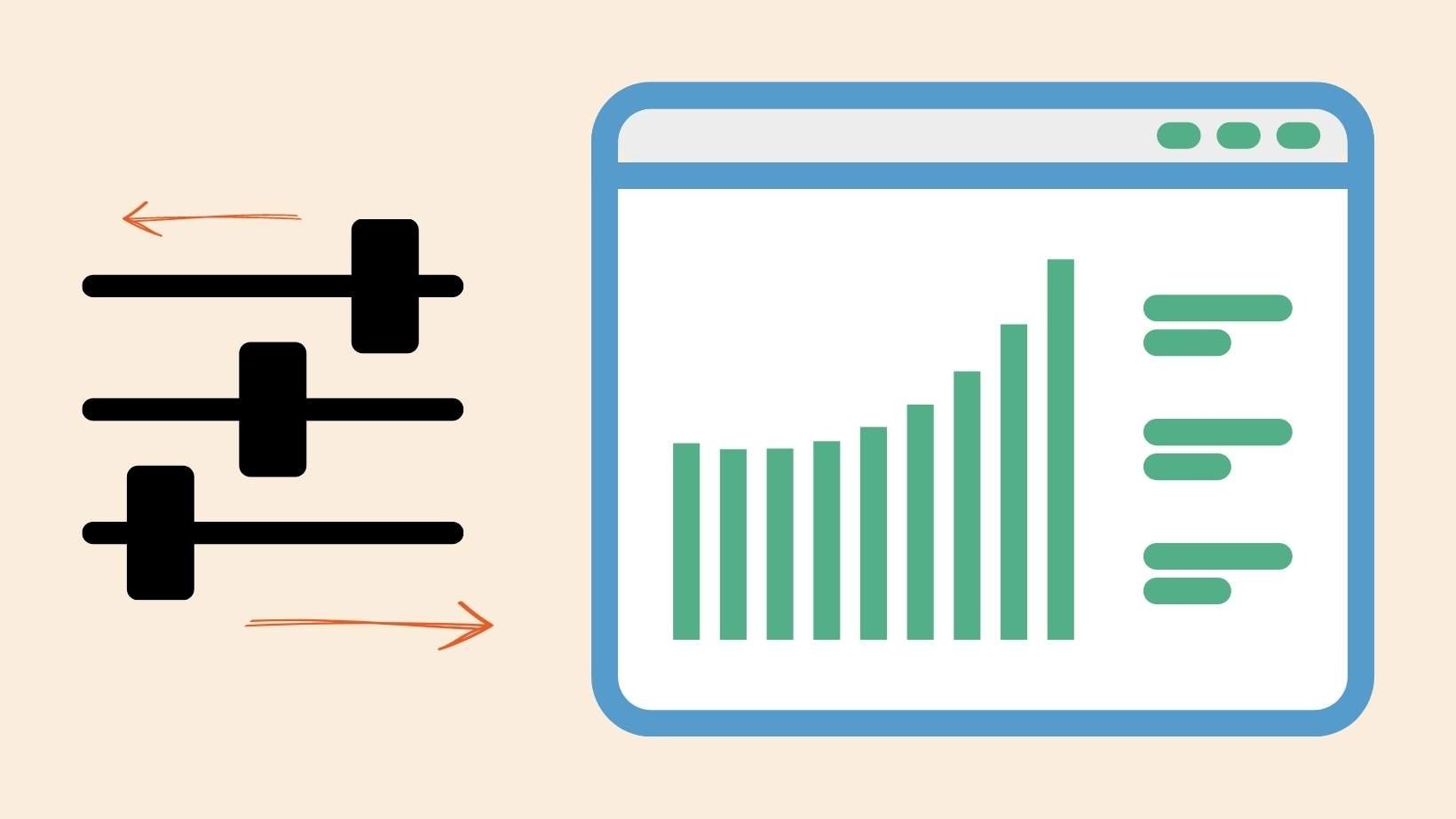When it comes to inventory planning, there is no such thing as one-size-fits-all. With more brands selling on more channels, omnichannel commerce is here to stay. But is your inventory planning capable of keeping up?
80% of brands who launched new channels during the pandemic say they plan to keep them — yet only a few have successfully implemented a sophisticated omnichannel strategy. Because the truth is, most inventory forecast models just don’t have room for the complexities of modern commerce.
Effective inventory planning needs to account for a growing number of variables across multiple sales channels, inventory locations, and your supply chain.
If you’re like the many brands juggling seasonality, competition, supplier MOQs, freight costs, lead times, and more — getting the right products in the right quantities to the right place at the right time, can feel impossible.
But it isn’t. Today, we’ll dive into five ways a customizable inventory planning system can increase your forecasting accuracy and keep you in control.
1. Better visibility, better decisions
Data-driven decisions are smarter decisions. But manually analyzing metrics can take days, which means longer time between orders, increased risk of stockouts, or excess inventory due to gut instinct and “best-guesses”.
An inventory planning system that uses machine learning to process vast amounts of data can help you create sharper forecasts in a fraction of the time.
But the truth is, better inventory planning is about something much simpler: visibility.
You don’t need complex algorithms and sophisticated calculations to take your inventory planning from “good enough” to excellent.
Instead, look for a system that gives you full visibility into past, present, and future inventory levels, including every node of your supply chain, such as your:
- Units in warehouses or 3PLs
- Units in fulfillment centers (e.g., Amazon's FBA, Shopify's SFN)
- Units in open purchase orders (POs)
- Units in production (can be rerouted or delayed if needed)
- Units in transit (e.g., on the ocean or in air)
- And more
A customizable inventory planning system can provide you with real-time insights into sudden or unexpected supply chain delays, such as factory closures or natural disasters, so you can make on-the-spot adjustments to protect your sales, cash flow, and customer experience.
The world of commerce is anything but predictable. Planning your inventory replenishments out of a siloed legacy system (or worse, Excel spreadsheet), isn’t going to cut it in the modern game of retail. Even with a platform that can be customized with new features, this path often requires additional development budgets for custom coding.
In Flieber, you can integrate all your sales channels, inventory locations, and supply chain tools for complete visibility at every step.
2. Keep your sales and inventory on-track
You need to know exactly how many days of stock you have. But the more avenues for selling, the greater your forecasting challenges.
A good inventory planning system will let you know when it’s time to restock. A better one will offer features that let you tailor your sales pace to match your inventory availability across channels.
For example, if you’re running low on a product with a long lead time, you may want to slow sales pace until the arrival of your next purchase order. If the product is low in stock because it’s the end of the product line or season, such as seasonal apparel, decor, or outdoor gear, you can hold sales indefinitely.
A platform like Flieber can help you predict mid- to long-term demand using machine learning to deliver customizations for:
- Predicted growth
- Testing scenarios
- Comparisons
- Planned marketing events
- Outliers and other variables
Most companies operate with some kind of moving average, where the average sold over a certain time period (for example, the last 30 or 90 days) dictates your forecast. The more sophisticated forecasting systems may also add in some type of seasonality aspect. This is usually a percentage you can add or deduct for those times when you sell more or less than normal, such as Q4 for example.
But the most effective inventory platforms go even further. They use AI-based forecasts to take many variables into consideration at the same time.
The result is sharper forecasts that can be adjusted for seasonality, trends, competitor analysis, the impact of your marketplace rankings, and more. With better forecasts at your fingertips, you’ll be able to keep sales and inventory aligned to prevent costly stockouts and excess inventory.
3. Forecast for the realities of your business
Garbage in, garbage out. No matter how advanced your forecast models, if you feed them with faulty data — they’ll spit out faulty forecasts.
A classic example is stockouts. Feed your model with sales data that includes stockouts and it will understand that as a seasonal pattern, thinking that you’re actually supposed to sell zero units in the future. Follow those forecasts, and you’ll soon be stocked out again.
When choosing an inventory planning platform, it’s crucial to select a tool that includes data pre-processing to identify periods where your sales were impacted by low inventory and stockouts and substitute the average sales for what they would have been if you hadn’t experienced those events.
Choose an inventory planning system that pre-processes your data using these key steps:
- Identify periods where your sales were impacted by low inventory and stockouts
- Understand the impact of price changes or advertising spend in your sales pace
- Normalize outliers
- Connect seasonal dates that do not happen on the same days every year (e.g., Black Friday)
Flieber uses machine learning to analyze data patterns from more than 250,000 products. The more it analyzes your data, the more it learns about the unique patterns of your products, and the more accurate your forecasts get.
Flieber’s machine learning models can account for complex variables including:
- Stockout substitution
- Anomaly detection (due to promotions, shopping events, or other circumstances)
- Level shifts due to changes in sales pace
- Price normalization after uncommon fluctuations
- COVID-19 sales pattern corrections
- And more
Data shows that just by doing stockout substitution, price normalization, outlier detection and adjustment for moving holidays, you can improve your forecast accuracy by over 40%.
4. Give every team what they need
Each team might have its own objectives, but the end goal is the same — to intentionally scale your brand.
Collaboration breeds innovation and streamlined communication across teams is a must. In a multi-channel operation consisting of multiple distribution centers, node types, and partners, information must be easily shared along the entire value chain.
Your inventory platform should act as a single source of truth, encouraging cross-functional teams to make better decisions using the same data, updated in real-time.
A customizable inventory planning platform allows your team to:
- Visualize product performance and forecasts by SKU and channel
- Streamline demand planning and forecasting
- Reduce time spent manually correcting errors and analyses
- Increase forecast accuracy across products and markets
With a customizable platform, your teams can instantly view any changes to the forecast, eliminate confusion between multiple versions, and ensure everyone is on the same page about your most current inventory and supply chain needs.
5. Real support for your unique needs
Each year, $1.1 trillion is wasted on inventory mistakes. With a customizable inventory planning platform, your brand doesn’t have to contribute to that number.
As much as we believe in the latest AI and technology to help your business thrive, we know individualized support is just as important for helping you make faster, smarter inventory decisions.
In the world of inventory, almost every case is an edge case. Our team will work with you to create custom reports, forecast modifications, and any other customizations you need to increase your success.
Whether you choose Flieber or another platform, look for a customer support team with the following qualities:
- The ability to create a tailored experience
- A hands-on team that understands your business
- Real support, not chatbots
You’re not just a number. Our team is here to support you with significant improvements made every month and customizable as-needed solutions.
Your inventory, your way
Flieber brings your sales, inventory and supply chain data together — then you control what you want to see.
We’re putting the power into your hands by delivering deep customization supported by hands-on support.
Request access today to learn more about how Flieber can help you make smarter, faster, and more accurate inventory decisions in a fraction of the time.



-1.png)

